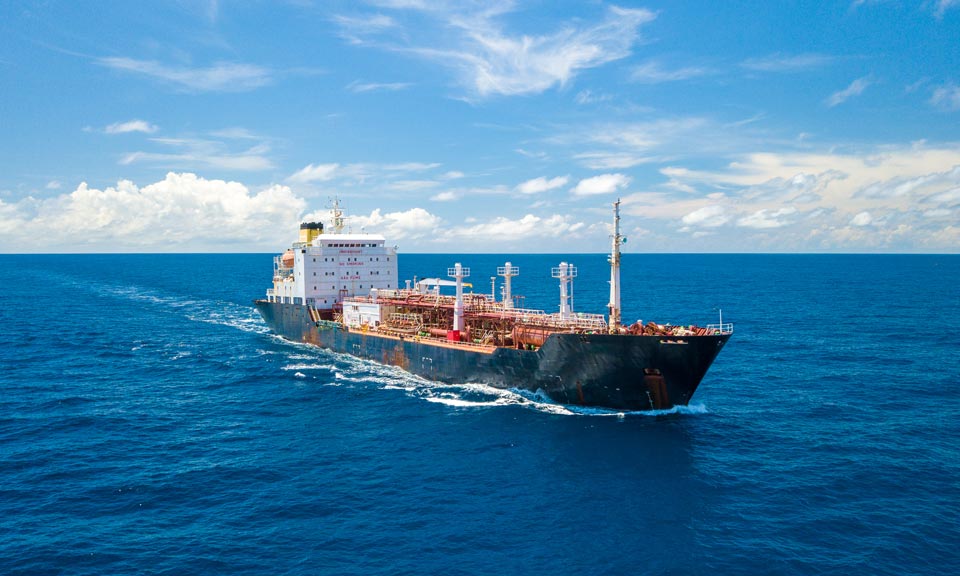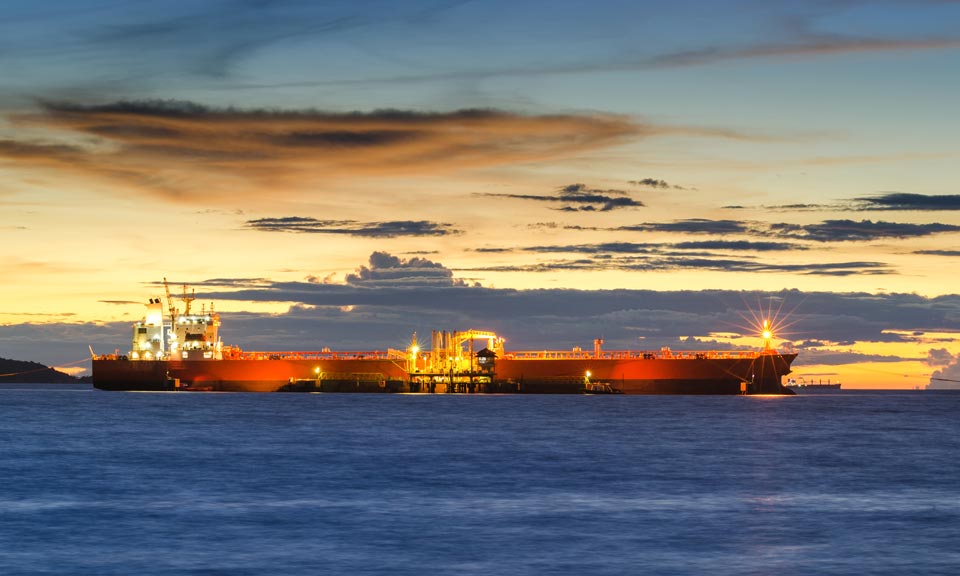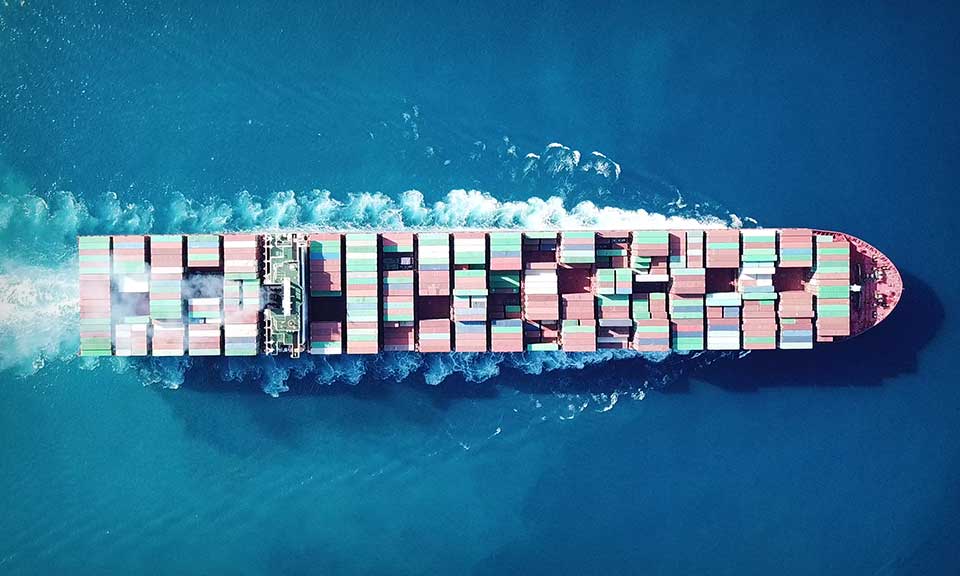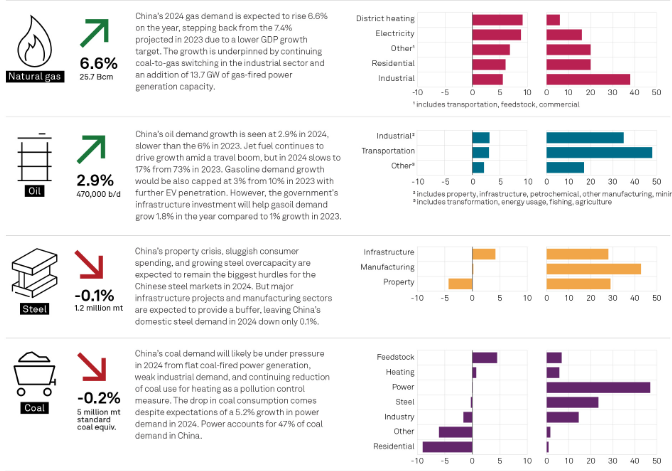USGC-Transatlantic tanker rates surge as majors replace Russian crude with US barrels

Freight for the Aframax and Suezmax US Gulf Coast-Transatlantic runs rose w35 and w24, respectively, in the four consecutive trading sessions leading up to March 24, as major oil companies stepped into the fixing arena to cover third-decade March and first-decade loading US crude stems on the 70,000 mt and 145,000 mt USGC-Transatlantic runs, in order to substitute for self-sanctioned Russian Urals crude barrels.
"I'd imagine increased EU demand as self-sanctioning takes Russian volume off the market," said a charterer. "EU needing to seek alternatives, the question is where is it going to be sourced[?]," a shipbroker said. "Certain guys have been active taking all sizes of ships TA, so that's a definite possibility."
Aframax and Suezmax USGC-UKC freight levels were last seen reaching w190 and w92.5, respectively, in April 2020, when the pandemic-related global lockdowns prompted steep contangoes on the oil markets and put over 200 million barrels of crude and products into floating storage, taking up roughly 5% of the global tanker fleet, data from S&P Global Commodity Insights showed.
The Suezmax sector was the first to feel the impact on rates as majors BP, ExxonMobil and Shell were hunting for tonnage across all sectors, including two VLCCs. On March 22, BP placed both the Suezmaxes Evagoras and the Ottoman Courtesy on subjects for the 145,000-mt USGC-Transatlantic runs at w75, loading March 28-29 and April 5-6, respectively, when freight for the Aframax 70,000 mt USGC-Transatlantic voyages were indicated at w155-w160.
Subsequently, the Aframax and Suezmax sectors appeared to be engaging in a head-to-head race, leading freight w35 and w11.5 higher on the day, respectively.
Once w175 had been traded on the trans-Atlantic Aframax runs, Suezmax owners indicated early-April loading tonnage at between w82.5-w85, leading charters to book Aframax tonnage at w180 basis 70,000 mt.
"It is active on the Afras right now for third decade ex USGC, and the Suezmaxes are not available to bail them out either," a second shipbroker said March 22. "Suezmax relief comes in for early April dates, but not for end March."
The same day freight for the VLCC USGC-China run increased lump sum $350,000 to $5.4 million, when ship owners witnessed the run on USGC-UKCM tonnage across all segments, whereby the VLCCs Olympic Lyra and Cyan Nova were heard booked at $3.0 million and $3.15 million by BP and Shell, respectively, for mid-April laycans.
"Afras continue to push higher on USG-TA, along with lack of Suezmaxes around to take the steam out, charterers are looking at freight solutions," a charterer said, explaining the carryover to the VLCC tonnage, known to be the work horses on the long-haul USGC-East routes.
"The crude market is roofing, you have massive demand but you have a buffer on the tankers and the true buffer is the availability on the VLCCs," a shipowner said, explaining that the current fixing spree on the USGC-Transatlantic routes would ultimately come to the rescue for the VLCC market as well.
Charterers were hoping the Suezmaxes could aid in staving off the surging Aframax rates, but that proved to not be an option, when March 24 fixing activity clearly favored Suezmax tonnage over their smaller sisters driving USGC-TA freight up to w92.5 basis 145,000 mt and w190 basis 70,000 mt.
BP placed the Maran Penelope on subjects for the 145,000-mt USGC-Transatlantic run at w90, loading April 6-9, before Resource covered an April 1-2 loading stem on the route at w92.5 and demurrage at $52,500/d.
Towards the end of the Platts Market on Close assessment process from S&P Global Commodity Insights, BP repeated the last done w92.5 to cover an April 9-10 loading USGC-UK Continent/Mediterranean stem by booking the AST Sunshine with demurrage moving up to $53,000/d.
Market participants all agreed that a further increase in rates for the 70,000 mt USGC-UKC/Mediterranean route will be seen, with active rate indications reaching the w190-w200 levels March 24. Yet some questioned whether rates were sustainable for laycans reaching beyond the first and second-decade April dates.
Some believed that the need for heightened crude exports to Europe would continue for some time as a result of the disruption in exports of Kazakhstan's CPC crude grade from the Russian Black Sea port of Novorossiisk after storm damage to CPC offshore loading facilities and pipe damage at two of the three single-point mooring facilities.
Activity on the 70,000-mt USGC-UKC Forward Freight Agreement, or FFA, market showed a w22 steep backwardation between the April 2022 and May 2022 contracts, reflective of the prompt tonnage demand.
Trade focused on the May contract and extended past the end of the MOC process at 2:30 pm EST (1830 GMT), with 80 lots of 1,000 mt each traded at $25.646/mt or the equivalent value of w137. The balance month contract traded 20,000 mt at $32.5728/mt, or the equivalent value of w174, w15 above the April contract assessment at w159, data from S&P Global showed.

News
Russia, one of the world’s largest oil suppliers, has increasingly turned to non-Western firms to transport its crude to overseas buyers during its ongoing war with Ukraine . With a dual goal of undermining Russia’s war chest without creating significant disruptions to global supplies amid inflation pressure, G7 countries and their allies have banned tanker operators, insurers and other services firms from facilitating seaborne Russian crude exports unless the barrels are sold for no more than $60/b. The price cap regime, which came into force Dec. 5, 2022, does not directly cover tankers flagged, owned and operated by companies outside the G7, the EU, Australia, Switzerland and Norway, and not insured by Western protection and indemnity clubs. While such ships tend to be older and less maintained, their share in Russia’s crude exports market has been rising in recent months amid strengthening prices of Urals -- the OPEC+ member’s flagship crude grade -- and tightening sanctions enforcement by the West. Non-price-capped tankers have a larger market share in shipping Russia’s Pacific crude exports, according to analysis of S&P Global Commodities at Sea and Maritime Intelligence Risk Suite data. Crudes such as Sokol, Sakhalin Blend, and Eastern Siberia–Pacific Ocean grades are more often involved in these trades than Russian barrels from Baltic or Black Sea ports like Urals. Tanker operators in Greece, Europe’s top shipowning nation, managed to keep their traditionally strong market position in Russia in the first few months since the price cap took effect before giving ways to their peers in the UAE, Russia, China and Hong Kong. (Latest update: April 5, 2024)

News
Red Sea shipping volumes have slumped more than 60% since November as vessels opt for the longer Cape route to avoid Houthi attacks. But even as the severity of the attacks mounts, freight rates have retreated from recent highs and oil-on-water may have peaked as trade flows adjust. Click to see the full-size infographic

News
A series of attacks on shipping routes in the Red Sea has so far spared oil supplies from witnessing major disruptions, but oil importing countries are spending sleepless nights amid concerns that any escalation could potentially alter the situation drastically. Although the attacks disrupted container shipping lines, oil shipments remain largely stable. However, concerns stem from the fact that supply chains will likely have to adjust very quickly should the disruption persist. As existing oil tanker contracts are often hard to change, some ongoing traffic will continue to move through Red Sea passages. Any new insurance issued for Red Sea routes could add about $1/b or more to voyage costs, according to S&P Global Commodity Insights. Re-routing will increase voyage length, in-transit times and fuel costs. In addition, it will result in higher vessel utilizations, which could lift global freight rates as well as widen inter-regional crude spreads. Surely, more ships are avoiding the Red Sea and Bab al-Mandab strait after a spate of attacks by Yemen's Houthi militants, threatening the strategic chokepoint for global seaborne trade. Many shippers, tanker owners and some oil companies have suspended voyages through the area. Russia's oil exports are particularly exposed to further Red Sea disruptions as Moscow ships some 80% of its crude to Asian markets. The attacks are expected to keep insurance costs high and prompt many tankers to take the longer route via the Cape of Good Hope, increasing ton miles and voyage durations, as well as tightening supplies and driving up freight rates. Even for the route via the Suez Canal, higher fees effective this year combined with a carbon tax for Europe-bound cargoes, will increase overall costs for charterers. Special report: Taking the long way around: Ships divert from the Panama Canal Although the rerouting of tankers away from the Red Sea, a major conduit for oil loaded in Russia, will surely raise shipping costs, the impact will be transitory. Roughly 7 million-8 million b/d of crude oil and products transited the Red Sea in recent months, according to S&P Global data. The market, for sure, will adjust to the changing flows, but the re-routing will lead to more oil on the water for a longer period of time. Russian crude shipments, should they avoid the Red Sea, are most affected due to a much longer haul to Asia around Africa. And amid tighter fleet capacity, lingering geopolitical conflicts are expected to boost tanker freight in 2024 despite ongoing OPEC+ supply cuts and a possible slowdown in oil demand growth. Implications for Asia As the biggest oil importing region, Asia may not witness dramatic changes to near-term oil supplies amid the ongoing Red Sea crisis, but refiners are chalking out alternative plans to ensure steady feedstock flows in the event of an escalation, a move that could inflate insurance costs and crimp refining margins. Although the region relies on imported oil for the bulk of its needs, the strategic push among Asia's top importers to massively diversify their import baskets over the years, as well as expand strategic storage, will come in handy to ensure smooth and uninterrupted flow of feedstocks. The Red Sea crisis has three aspects to it, as far as Asian oil flows are concerned. First, any escalation will create hurdles for Russian crude flowing to Asia, forcing buyers to look for substitutes from other origins. Secondly, for products moving from Asia to Europe, exporters are cautiously watching developments before taking the plunge. And lastly, longer routes have the potential to create incremental bunker fuel demand in Asia. Oil flows into China have not been impacted much by the Red Sea turbulence, as fewer cargoes are headed there on that route. In addition, the impact on Russian oil flows to India has been minimal, with no major diversions seen so far. Russia contributed over 35% of India's total crude imports in 2023, amounting to 1.7 million b/d, according to S&P Global data. Asian oil buyers are not necessarily concerned about Middle Eastern sour crude supplies for 2024, as major sellers, including Saudi Aramco and Abu Dhabi National Oil Co., fully respect Asian customers' demand regardless of their production cut commitments. However, the economics for cracking Middle Eastern sour crude have been deteriorating as the costs of bringing Persian Gulf barrels to the Far East have been rising with shippers demanding risk premiums, while tanker insurance costs are also trending higher. Asian refiners may even look at cutting Middle Eastern term contractual volumes and explore other options like African, US and South American crudes to maximize margins. US crudes, for one, is becoming increasingly more attractive for Asian refiners as the price of lighter and sweeter WTI crude is nearly on par with high-sulfur Persian Gulf grades on a delivered basis. Supply cushion The attacks in the Red Sea continued even after the US-led alliance took military action to establish deterrence. The risk of a wider escalation also increased with Pakistan's retaliatory strikes against Iran for alleged Iranian militant attacks in Pakistan. Overall, the geopolitical tensions in the Middle East have only increased over the weeks. However, oil markets have largely shrugged aside the risk due to a lack of physical disruption to oil shipments and weak macro fundamentals. But increased risk in the Middle East is probably putting a floor to oil prices amid weak demand. S&P Global expects fundamentals to improve in the second half of 2024 and prices to move up. Still, OPEC+ market management and the alignment between Saudi Arabia and Russia on OPEC+ policy will be critical for oil markets in 2024. S&P Global forecasts Platts Dated Brent to average $83/b in 2024 and $76/b in 2025. A sharper economic slowdown or disagreement within OPEC+ on production restrain remains the biggest risk for oil markets going into 2024. By: Sambit Mohanty, Editorial Lead, Asia Energy News, S&P Global Commodity Insights, S & P Global Commodity Insights Further reading: Red Sea shipping risk

News
China on Jan. 17 released its 2023 GDP growth at 5.2%, meeting its target set in March last year. S&P Global projects China’s 2024 GDP growth to slow to 4.7% after the country's annual economic conference held in December implied that any fiscal and monetary measures taken in 2024 were unlikely to be more aggressive than in 2023. This sets a weak tone for commodity markets in terms of end-user demand. Click here to see the full size version